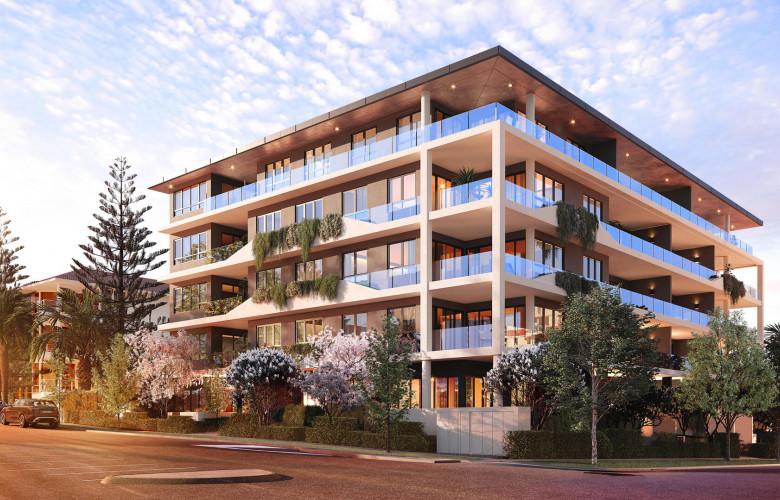John McGrath – Today’s market ideal for new investors
Contact
John McGrath – Today’s market ideal for new investors
According to John McGrath, Chief Executive Officer of McGrath Estate Agents, today’s market is a great buying opportunity for investors.
I see today’s market as a great buying opportunity for investors. All the key elements are in place.
The most important factor is the ability to buy a high-quality investment in a great location at a discount. I think the market is at or approaching its bottom already.
The next stage of the market will be a consolidation, featuring a plateauing of prices, followed by further upward growth in property values in 2024. That means investors buying today should see a pretty quick upswing in their equity within the first 12 to 18 months of ownership.
We’re already seeing an uplift in numbers at both open homes and auctions. Buyers have rushed back to the market this year. They've had time to get used to interest rates at these new levels and they want to take advantage of softer prices now.
While Australian home values are still falling, the decline in January was the smallest monthly drop since June last year. That suggests new demand is supporting prices.
The second big element making this market a great time for investors is strong rental increases. This will certainly help with your loan repayments as rates rise. You’ll also have little trouble finding a great tenant due to strong demand fuelled by a chronic undersupply and returning migrants.
Growth in rents is particularly strong in the big capital cities, with rents up by as much as 30% in inner Melbourne and 20% in inner Sydney over the past 12 months alone, according to CoreLogic.
Rental growth has been strongest among apartments, the typical stock of investors. This is mainly because local renters are looking for cheaper options in an inflationary economy, and migrants – particularly students – tend to prefer apartments.
At a citywide level, CoreLogic data shows East Coast apartment rents rose by 15.9% across Sydney, 15.3% across Brisbane, 13.6% across Melbourne, and 8.1% across Hobart over the past year.
House rents are up 12.5% in Brisbane, 8.9% in Sydney, 6.7% in Melbourne, and 5.2% in Hobart.
The data indicates that upward pressure on rental values is likely to remain until supply improves.
CoreLogic says rental listings are at record lows for this time of year.
East Coast vacancy rates are 1.6% in Sydney, 1.2% in Melbourne, 1.4% in Brisbane, 1.5% in Hobart and 2.2% in Canberra. To put that into perspective, balanced supply and demand sits at about 3%.
Where prices have dropped the most
I think the big East Coast capital cities will lead the market rebound next year, so let’s take a look at where home values have fallen the most during the correction in Sydney, Melbourne, and Brisbane.
CoreLogic has released some new figures showing the biggest falls in suburban home values over the past 12 months. I’ll just point out here that many of these areas experienced the highest gains during the pandemic boom, so that’s why the correction is more acute.
In Sydney, the areas that have experienced the largest price declines are Pittwater (-23.5%), Warringah (-21.4%), Manly (-21%), Eastern Suburbs – North (-20.1%) and Leichhardt (-18.4%).
In Melbourne, prices have fallen most in Bayside (-14.3%), Nillumbik – Kinglake (-13.8%), Essendon (-13.7%), Darebin – North (-13.6%) and Banyule (-13.3%).
In Brisbane, it’s Chermside (-13.6%), Nundah (-12.9%), Nathan (-12.2%), Holland Park – Yeronga (-12%) and The Gap – Enoggera (-11.5%).
Now compare all this good news to the stock market, which is incredibly volatile these days due to the threat of a global recession. Australian property sure looks like a safer investment to me.
The views expressed in this article are an opinion only and readers should rely on their independent advice in relation to such matters.
For more information including articles, checklists, guides and more visit McGrath’s Insights Centre.
Similar to this:
John McGrath – Buyers more decisive as market stabilises





